A Wild-Goose Chase
Here's a radical quiz for you. What do you get when you put a person and an old bird together under a cliff? What if you then add a tree?
I'm talking about this word:
雁木 (がんぎ: (1) zigzag pattern; zigzag formation; (2) steps down from a pier; (3) pathway covered by extended eaves to protect the path from snow)
wild goose + wood
I'm also referring to these four radical names:
亻(radical 9: "person")
隹 (radical 172: "old bird")
厂 (radical 27: "cliff")
木 (radical 75: "tree")
The non-Joyo 雁 means "wild goose," which explains the "old bird" radical inside it.
So why does wild goose + wood = zigzag? The idea is that geese fly in a V formation, and if multiple groups fly near each other, they create a zigzag pattern. As for combining 雁 with 木, the word 雁木 represents "woodwork in a V formation"—namely, a zigzag shape.
A lovely photo by reader Russell Hogg prompted my interest in this word:
He found this signpost, and many others like it, at the tops of Tokyo hills. The 坂 (さか) kanji means "hill" or "slope" and always comes last in the names of these slopes.
Here's what Russell told me: "I just came across the first post and was intrigued walking around finding more and more of them. My hotel was in Roppongi Hills so there were a lot. Then I started photographing them, and it’s developed into a full-blown mania. I am pretty happy about that, of course." He generously shared a whole batch of these photos with me.
The idea behind the posts is to tell neighbors or visitors the origins of the hill names. Another side of the 雁木坂 post looks like this:
Here's what the text tells us:
がんきざか
(The way to pronounce 雁木坂 is) Gangizaka.
階段になった坂を一般に雁木坂というが、敷石が直角に組まれていたことから等ともいい、当て字で岩岐坂とも書く。
The name 雁木坂 is a general term for slopes with stairs. (Another theory is that this slope) was paved with stones arranged in a zigzag pattern. One can also write がんきざか with the ateji 岩岐坂.
階段 (かいだん: stairs); 坂 (さか: hill); 一般 (いっぱん: general); 敷石 (しきいし: paving stone); 直角 (ちょっかく: perpendicular); 組む (くむ: to assemble, shown here in the past-progressive form of its passive voice); 等 (など: etc.); 当て字 (あてじ: ateji); 岩岐坂 (がんきざか: alternate rendering of the place name); 書く (かく: to write)
Some notes about all this:
• When stairs descend a slope, that connects to the idea of a zigzag pattern. Just look at the cross-section of a staircase, and you'll understand. Pretty cool!
• I couldn't imagine stones arranged in a zigzag pattern until my proofreader showed me a photo of bricks in a herringbone pattern. Of course!
• Apparently, several places are called 雁木坂, all involving slopes with stairs. Tokyo has two, and then there's one near Osaka Castle and one in Kumamoto (in Kumamoto Prefecture on Kyushu).
Now that we've sorted all this out, I'm curious about the remaining senses of 雁木:
雁木 (がんぎ: (1) zigzag pattern; zigzag formation; (2) steps down from a pier; (3) pathway covered by extended eaves to protect the path from snow)
Wikipedia presents this mesmerizing image of the second definition:
Photo Credit: 100yen
Those steps have the same zigzag pattern as stairs down any slope—hence the name. In this case, the steps were built for loading and unloading an anchored ship. People would lay the end of a long plank on one step, placing the other end on the deck of the ship. This enabled them to travel with goods between ship and shore. At high tide, the plank would go on a higher step than at low tide. This arrangement is uncommon today because the Japanese generally opt for a 浮桟橋 (うきさんばし: floating pier) now.
As for the third definition of 雁木, "pathway covered by extended eaves to protect the path from snow," a different Wikipedia page features these photos from snow country:
Photo Credit: Triglav
Photo Credit: そらみみ
That Wikipedia page explains that the V formation of geese once again inspired this name. It's harder to see that this time, but in the latter image I think we need to focus on where the beams meet the posts in upside-down L shapes.
The wild goose 雁 has helped us take flight, and I hope you don't feel that we've been on a wild-goose chase!
I enjoyed Russell's thought-provoking photos so much that I hope to feature several more in future blogs. It'll be great fun to see what the signs signify!
By the way, two essays have come out since we last met here. Here are the sneak previews for essay 1751 on 赴 (to head to) and essay 1591 on 眺 (to look at):
Catch you back here next time!
❖❖❖
Did you like this post? Express your love by supporting Joy o' Kanji on Patreon:

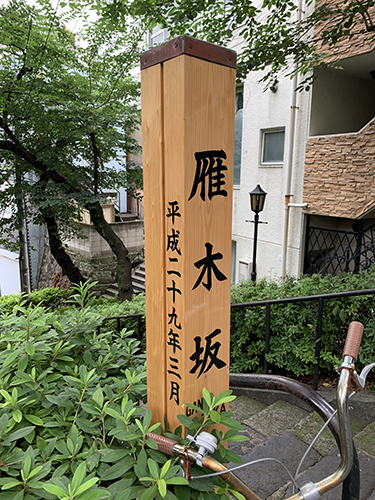
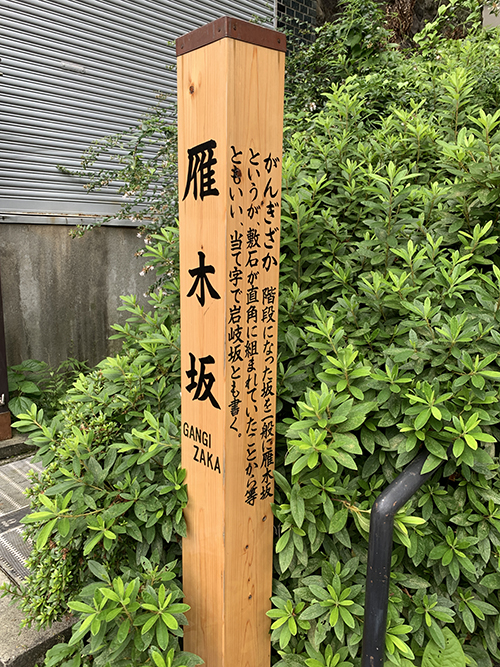
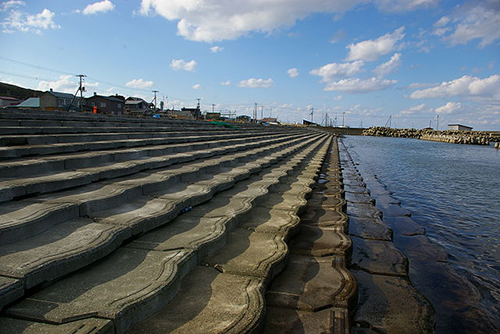

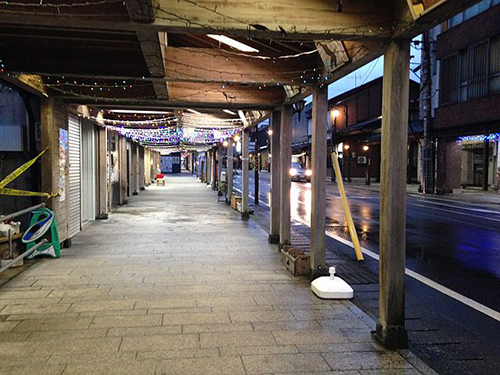
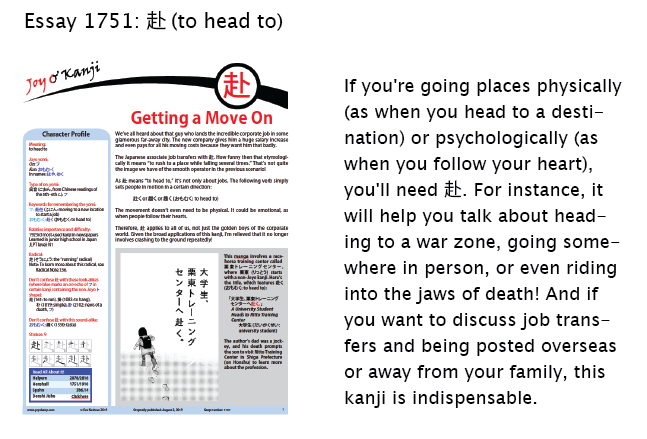
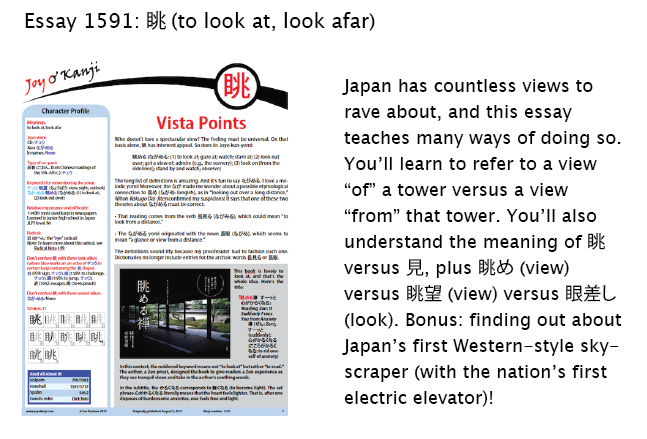

Comments